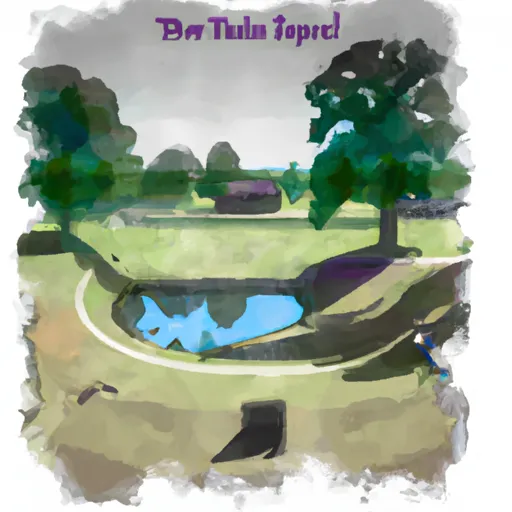Summary
Known for its moderate climate, the city experiences four distinct seasons. Summers are warm and humid, with temperatures averaging around 85°F, while winters are mild with average temperatures around 45°F. Johnson City boasts a pleasant and comfortable climate for most outdoor activities throughout the year.
The city is surrounded by beautiful natural landscapes, including several rivers and lakes. The Watauga and Nolichucky Rivers are popular destinations for fishing, kayaking, and canoeing enthusiasts. Boone Lake provides opportunities for boating, swimming, and picnicking, while nearby Cherokee National Forest offers countless hiking trails and camping spots for nature enthusiasts.
For those seeking outdoor adventure, Johnson City is also home to several parks and recreational facilities. Buffalo Mountain Park offers miles of scenic trails and breathtaking views, while Winged Deer Park features baseball fields, soccer fields, and a disc golf course. Additionally, visitors can enjoy golfing at the Pine Oaks Golf Course or spend a day exploring the Tannery Knobs Mountain Bike Park.
Overall, Johnson City's inviting climate, diverse hydrology constituents, and abundance of outdoor recreational opportunities make it a haven for those who enjoy spending time in nature.
Weather Forecast
Johnson-City receives approximately 1143mm of rain per year, with humidity levels near 83% and air temperatures averaging around 14°C. Johnson-City has a plant hardyness factor of 7, meaning plants and agriculture in this region tend to thrive during the non-winter months.

 D R Beeson Park
D R Beeson Park
 Old Kiwanis Park
Old Kiwanis Park
 New Kiwanis Park
New Kiwanis Park
 Sycamore Shoals Monument
Sycamore Shoals Monument
 Sycamore Shoals State Historic Park
Sycamore Shoals State Historic Park